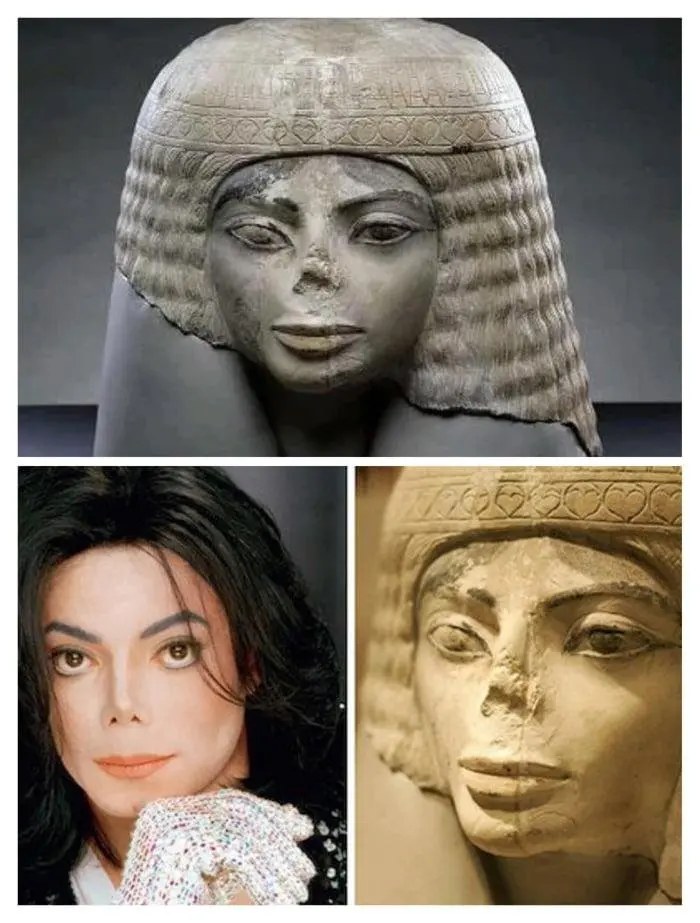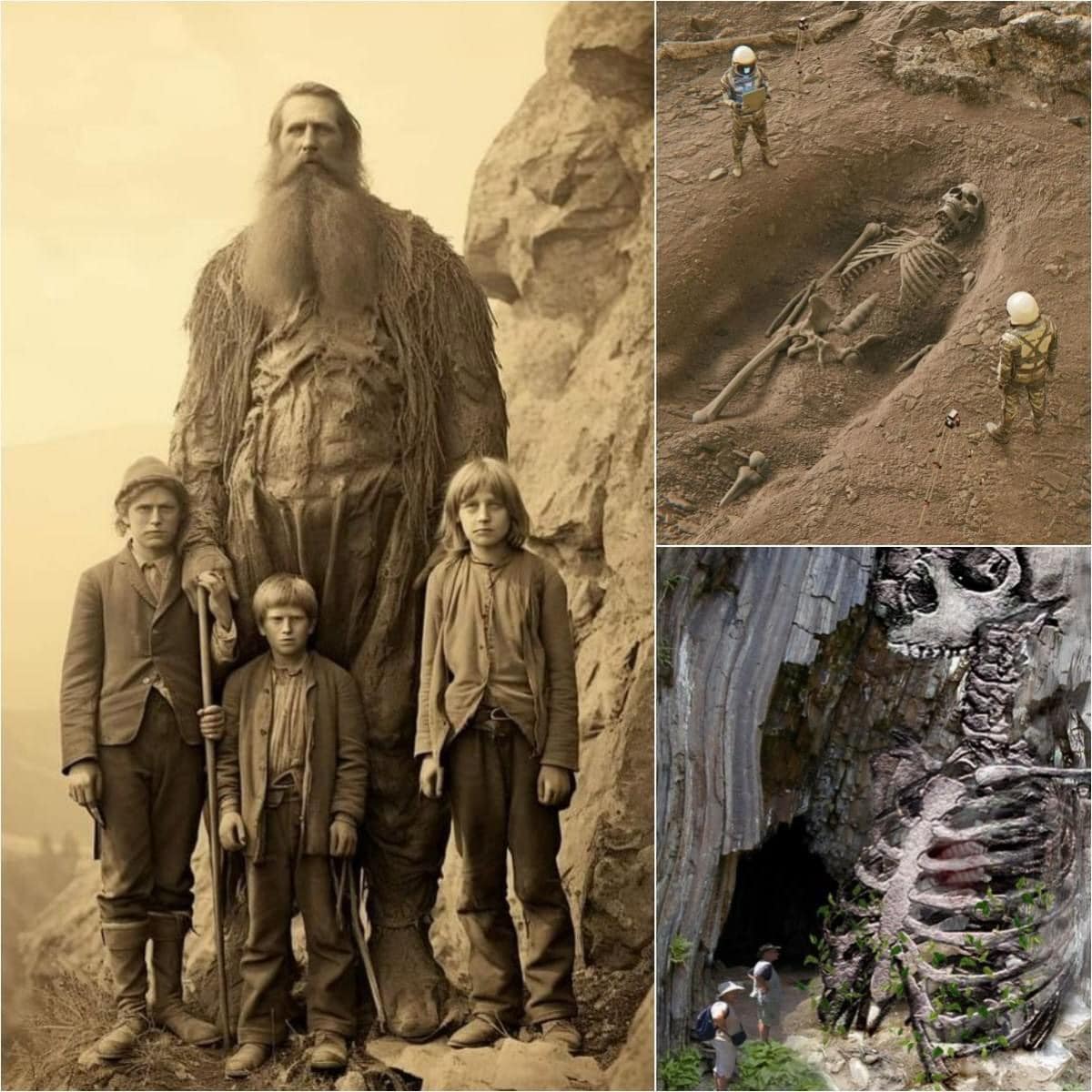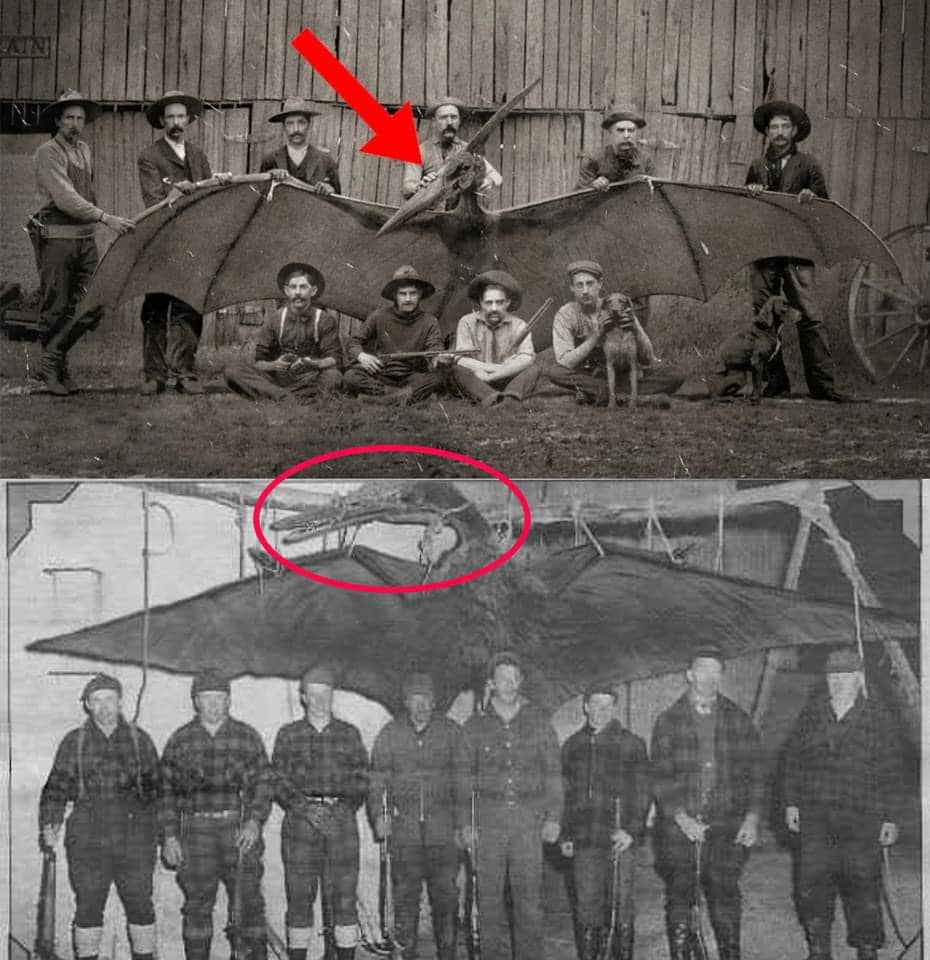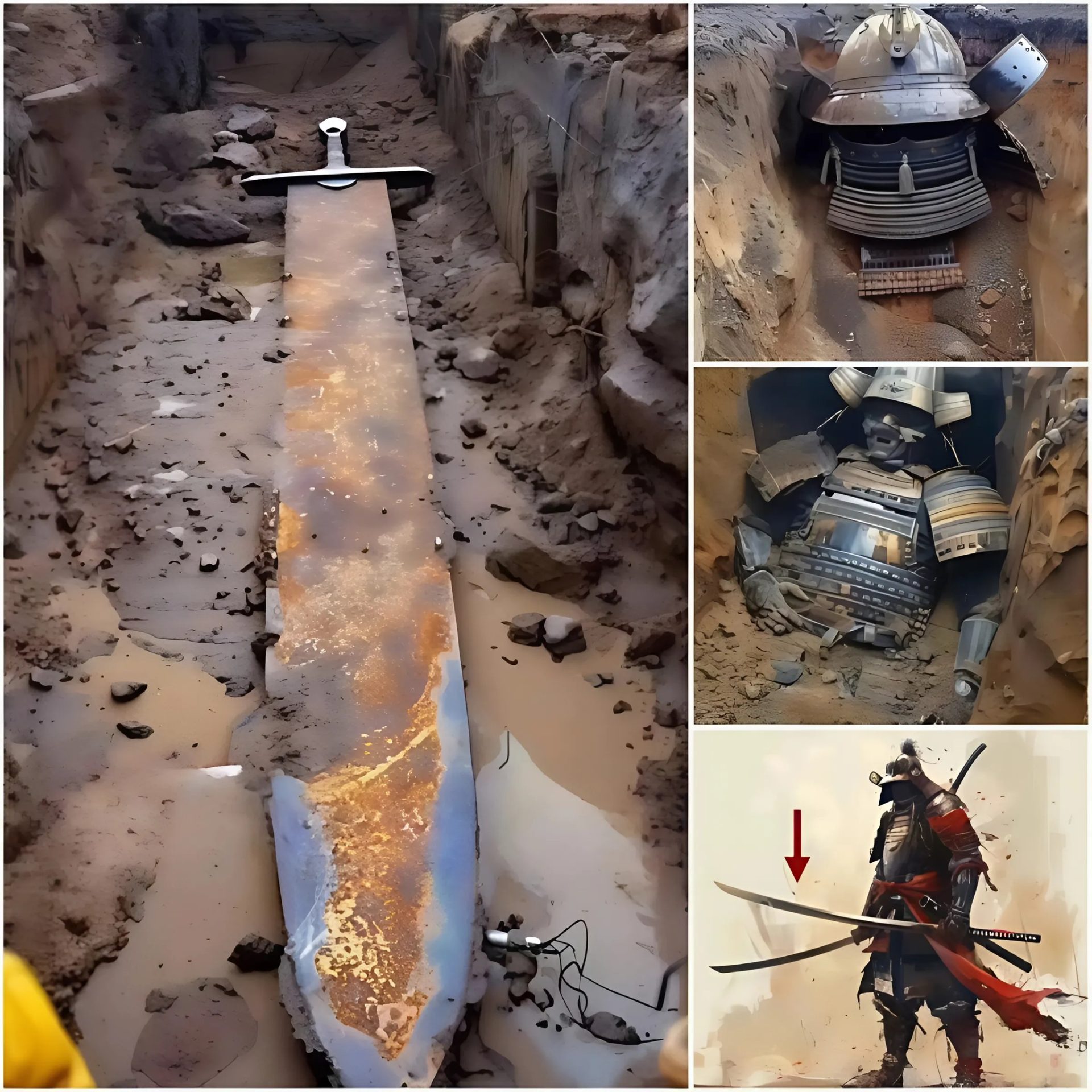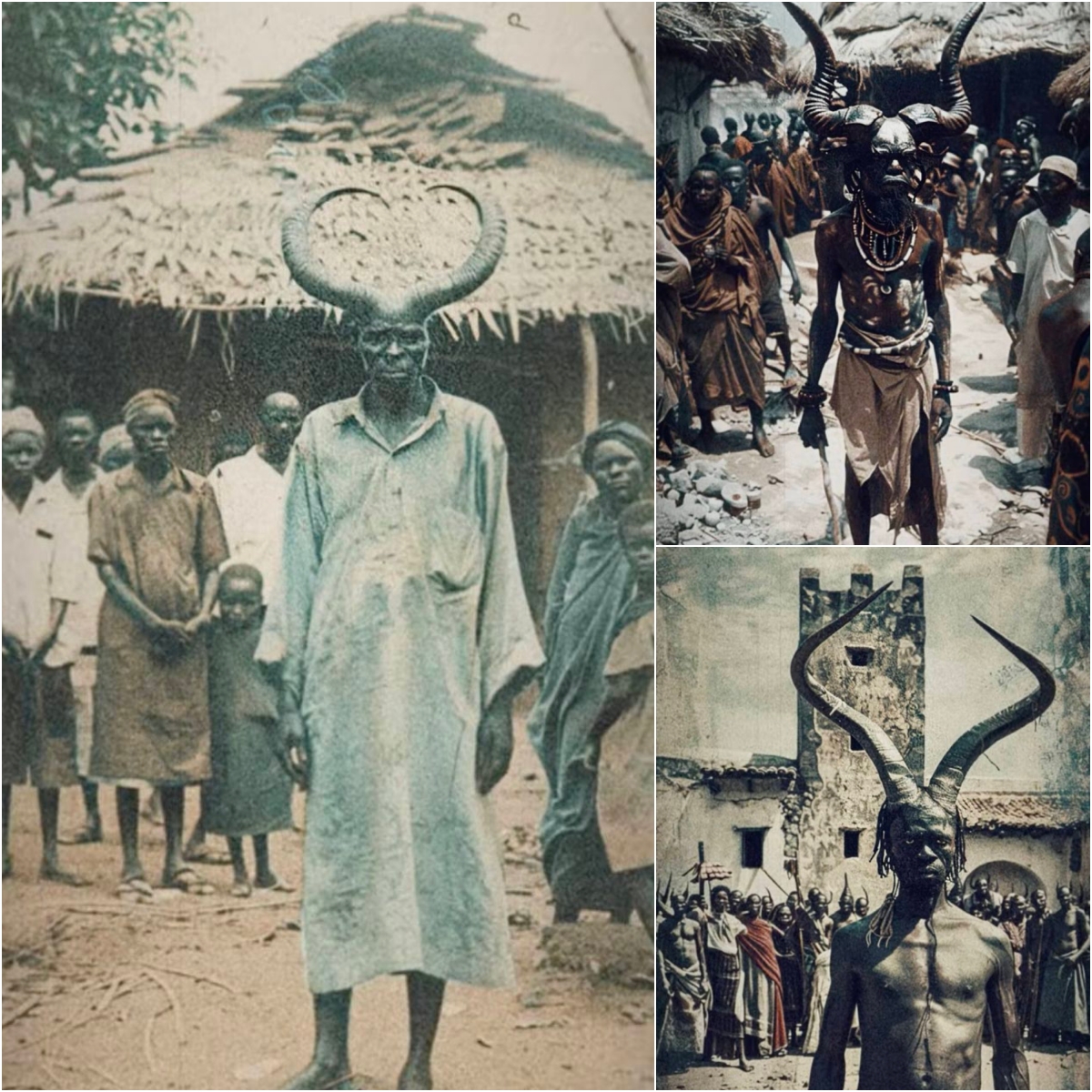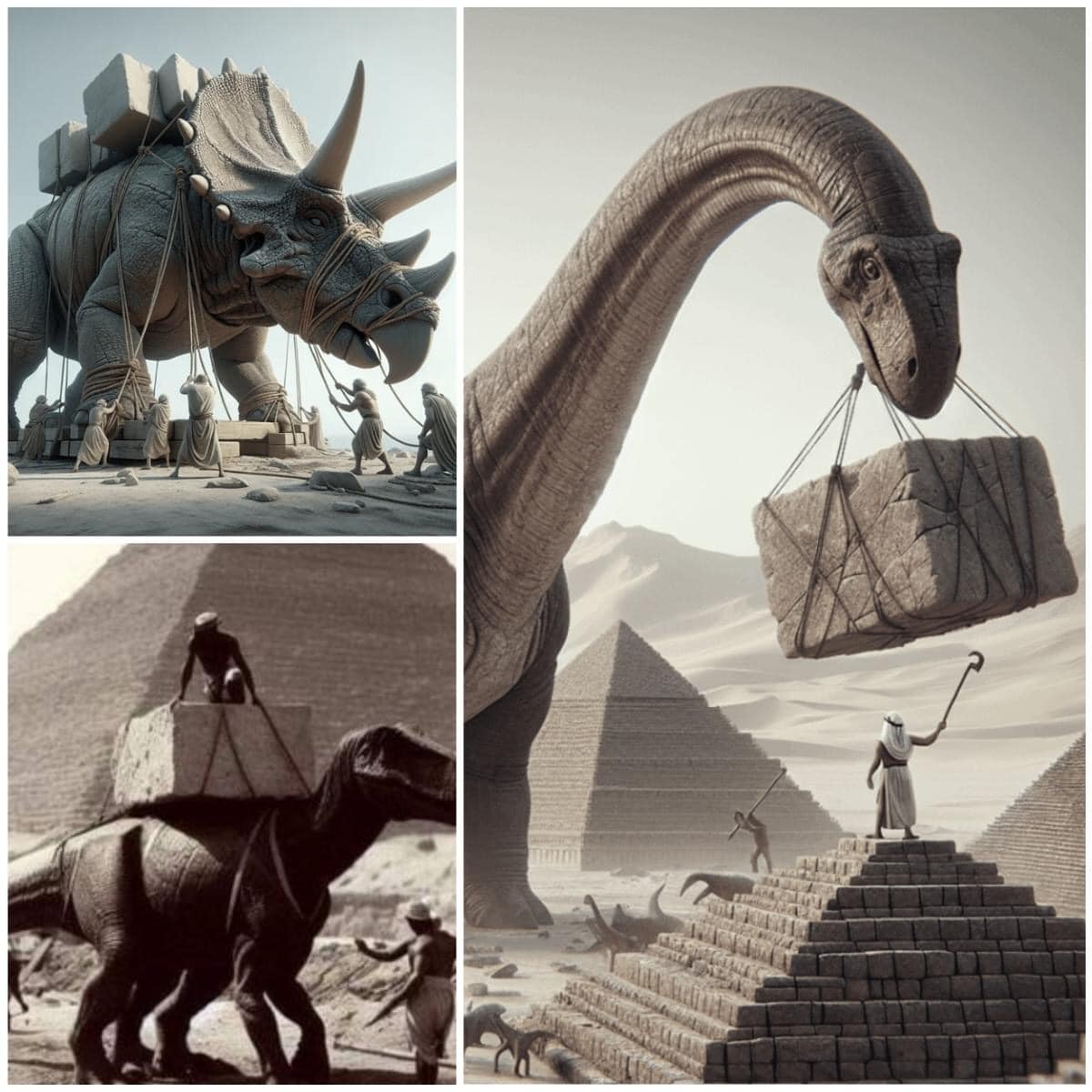A mᴀssive burial ground holding the remains of several high priests of ancient Egypt, along with their ᴀssistants, has been discovered in the northern part of the site of Tuna el-Gebel, Egypt’s antiquities ministry announced Thursday (Jan. 30).
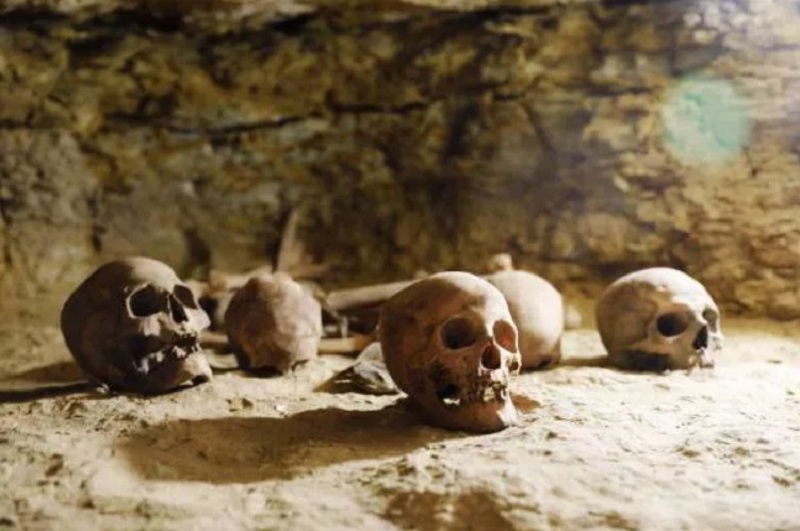
So far, the archaeologists have unearthed 20 stone sarcophagi (coffins) made of a “very good quality of limestone” in the burial ground, which lies about 170 miles (270 kilometers) south of Cairo, said Mostafa Waziri, the general secretary of Egypt’s Supreme Council of Antiquities, during a news briefing.
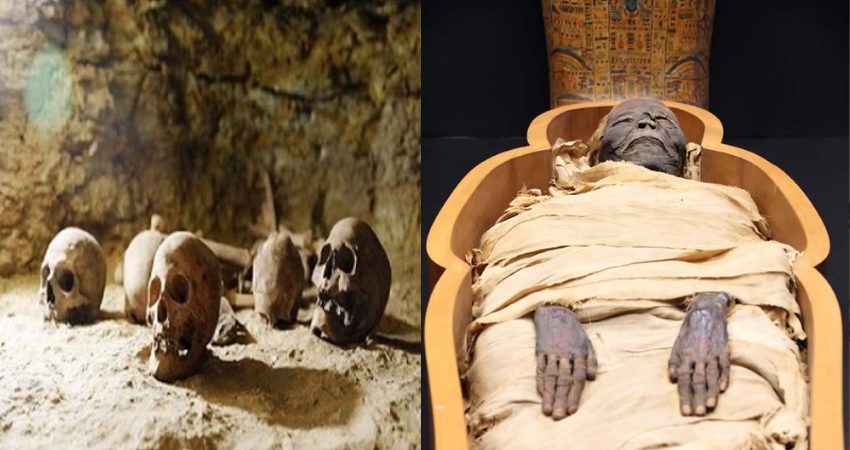
In addition, the burials together contained some 700 amulets, some made of gold or precious stones, along with more than 10,000 shabti figurines made of faience (a glazed ceramic), Waziri said. The ancient Egyptians believed that shabti figurines served the deceased in the afterlife.
The archaeologists said they aren’t sure how many mummies are buried at the site. But given that many of the stone sarcophagi have yet to be opened, it is likely that many will be discovered, the researchers said.
“Excavations are still running. We expect to find more and more and more [discoveries] in this area,” Waziri said.
Egypt’s Late Period
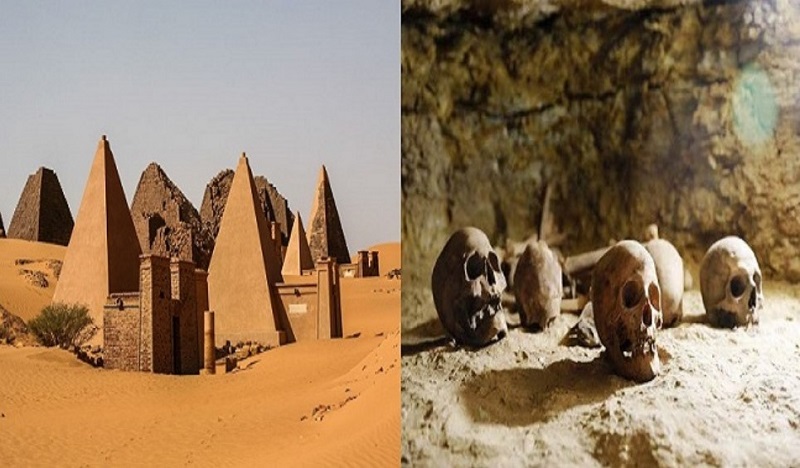
The high priests buried at the site date to what archaeologists call the “Late Period,” a time when ancient Egypt was often struggling to achieve independence from foreigners, including the Nubians, ᴀssyrians and Persians. The earliest Late Period burials found to date are from the 26th dynasty (688 B.C. to 525 B.C.), a time when Egypt had regained its independence after the Nubians had ruled it.
The Late Period ended in 332 B.C., when the armies of Alexander the Greatentered Egypt. After the deατɦ of Alexander, in 323 B.C., the descendants of Ptolemy I (one of Alexander the Great’s generals) ruled Egypt for almost three centuries, until the Romans took over the country in 30 B.C.
Though foreign powers often controlled the country, Egyptian religion continued to thrive. The various foreign rulers, including Roman emperors, tended to respect Egypt’s ancient religious traditions.
